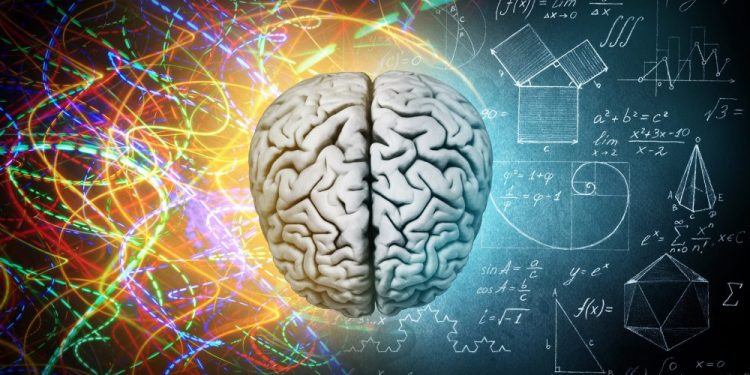A crucial brain structure that controls language found only in humans and apes has now also been identified in monkeys, according to a new and controversial study. This would suggest that the origins of language appeared 25 million years earlier than previously thought.
A kind of neuroscientific fossil?
The discovery is of great importance, the researchers have revealed. For neuroscientists, this is analogous to identifying a fossil that sheds light on our evolutionary history. However, unlike bones, brains did not fossilize. Instead, neuroscientists need to figure out what the brains of common ancestors may have been like by examining brain scans of living primates and comparing them to human brains, hoping to get answers along the way.
“It is like finding a new fossil of a long-lost ancestor. It is also exciting that there may be an older origin yet to be discovered still,” explained Professor Chris Petkov from the Faculty of Medical Sciences, Newcastle University.
Studying the brains of various primates
The study, published in Nature Neuroscience, explains the process involved in studying the brains of various primates. Scientists conducted brain imaging studies and analysis of auditory regions and brain pathways in humans, apes, and monkeys.
The researchers found a segment of a language pathway in the human brain that connects the auditory cortex with frontal lobe regions, essential for processing speech and language. The researchers note that although speech and language are unique to humans, the link via the auditory pathway in other primates represents an evolutionary basis in auditory cognition and vocal communication.
The human language pathway
“We predicted but could not know for sure whether the human language pathway may have had an evolutionary basis in the auditory system of nonhuman primates. I admit we were astounded to see a similar pathway hiding in plain sight within the auditory system of nonhuman primates,” explained Professor Petkov.
The paper also sheds light on the remarkable shift in the human language pathway. Scientists found a key human unique difference: the human left side of this brain pathway appeared stronger, and the right side turned out to have diverged from the auditory evolutionary prototype to involve non-auditory parts of the brain.
The study relied on brain scans from openly distributed resources by the global scientific community. It also created original new brain scans that are globally shared to inspire further research.
The auditory precursor to the human language could be even older
Also, since the authors predict that the auditory precursor to the human language pathway may be even older, the work inspires the neurobiological search for its earliest evolutionary origin—the next brain “fossil” — to be found in animals more distantly related to humans.
“This discovery has tremendous potential for understanding which aspects of human auditory cognition and language can be studied with animal models in ways impossible with humans and apes. The study has already inspired new research underway, including with neurology patients,” explained Professor Timothy Griffiths, a consultant neurologist at Newcastle University and one of the senior authors of the recently published study.
Have something to add? Visit Curiosmos on Facebook. Join the discussion in our mobile Telegram group.
Join the Conversation!
Have something to share or discuss? Connect with us on Facebook and join like-minded explorers in our Telegram group. For the latest discoveries and insights, make sure to follow us on Google News.











